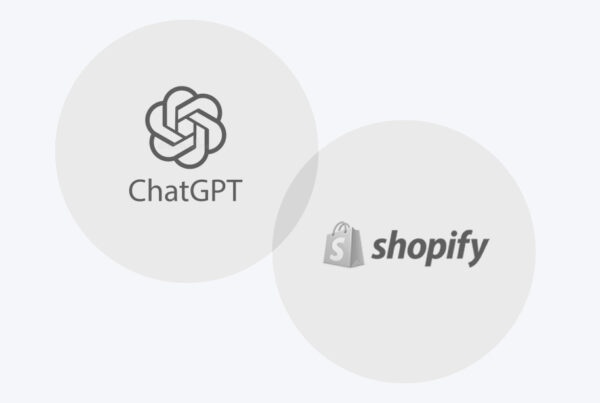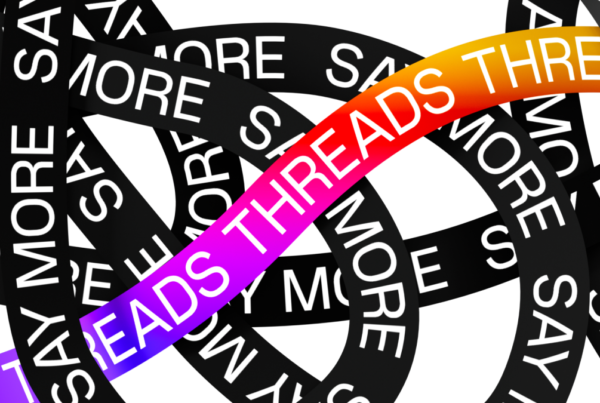Have you experienced that moment of dread when you discover an error in your email marketing campaigns? Or do you hover over the send button for what seems like hours wondering what you may have forgotten?
This is what we like to call ‘Sendphobia’ and it’s something many marketers have experienced.
However, by having a rock solid email signoff process in place you can eliminate errors and rid yourself of ‘Sendphobia’ forever.
What is an email sign off process?
An email sign off process defines the stages an email campaign goes through to ensure it is error-free and approved by all relevant people in your organisation.
It is made up of two critical parts: A map of the approval process and a campaign checklist.
For instance, we have a flow chart which lays out the whole email process from briefing the email through to post-campaign reporting. We don’t look at it every time we send email out, but it is there and it is defined. It’s useful to show new people who become a part of your working group as it will help them understand their place in the process flow.
We also use a campaign sign off checklist which we apply to every campaign. This specifies the person responsible for signing off their part of the email and confirms that you’ve also completed some pre-send tasks.
Why do we need an email sign off process?
In short, to avoid situations like this….
“I sent an email wrong, then sent it wrong again. To 700K. That was a bad day”
“I sent the wrong email to about 3500 subscribers in my second week on the job… Doh”
“I remember once sending an email to myself 25,000 times.”
However, it isn’t just about avoiding mistakes either.
An email sign off process is also really useful for setting the team’s expectations – what do they have to sign off (Is the information about a product correct? Do they approve the design?) and when are they expected to deliver their sign off by?
Chances are you’ve got a specific date you want your campaign to be sent by and anyone delaying on their feedback can disrupt that. Making people aware of not just their responsibilities but everyone else’s too increases awareness of the process and keeps the momentum going.
Building your own email sign off process
Step 1: Work out who needs to give approval
The first step in building your own email sign off process is working out who needs to give approval.
This is going to be different for every organisation and can even differ between different types of email campaigns (new product announcements versus new blog post emails for instance), so you’ll definitely need to customise this to suit your organization’s unique attributes.
A few questions to answer though:
- Who needs to sign off on design and client compatibility?
- Who needs to sign off on correct product information?
- Who needs to sign off on legal requirements?
- Who needs to sign off on spelling, grammar & links?
- Does senior management need to sign off before sending?
Once you’ve worked out who is responsible for approval across different areas, it’s time to focus on defining exactly what checks each person needs to do.
Step 2: Work out what needs to be checked
Once you’ve worked out who is involved in the approval process, it helps to define what each person is responsible for checking.
Not only does this help to reduce errors in your campaigns, but it will speed up the approval process by making sure people only comment on the areas they are supposed to.
I’ve had situations in previous roles where campaigns took days to get approval because everybody wants to have their opinion on the color of the heading or the positioning of the image. By defining what people are in charge of checking, you put boundaries in place that prevents fruitless arguments.
Again, this is going to differ for your organisation and even between campaign types, but here’s a few ideas for ‘checks’ to include in your checklist:
- Is this email being sent to the correct list & segment?
- Has the ‘From’ name been checked and from a recognisable name?
- Has a working ‘Reply To’ address been set?
- Does it look as expected across desktop clients (Outlook, Postbox, etc)
- Does it look as expected on mobile devices?
- Does it include a working Unsubscribe link?
- Are all product descriptions accurate?
- Are sizing options correct?
- Is product/stock availability correct?
- Is the email subject line free from spelling, grammar or information errors?
- Is the email preheader free from spelling, grammar or information errors?
- Have you setup appropriate fallbacks for any personalisation tags used?
- Is the email copy free of spelling errors?
- Is the email copy free of grammatical errors?
- Is there a plain text version of this email?
- Is the plan text version free from spelling, grammar or information errors?
- Do all links lead to the correct place?
- Do all buttons link to the correct place?
- Are all images linked and leading to the correct place?
- Do all images have explanatory Alt text for when images are blocked?
Once you have worked out who is responsible for approvals and worked out all the checks each person needs to perform, then it’s time to build your Campaign Checklist.
Step 3: Build your campaign checklist
Now that you have defined who is responsible for approvals and what checks they need to perform, you can build it into a useable spreadsheet.
Step 4: Start using your checklist
Now that you’ve built a great email campaign checklist, it’s time to start using it to make sure your campaigns are free from errors.
While everybody’s email sending process is different and you can use it however you like, one of the best things to do is simply run through the checklist right before sending as this will ensure everything is ticked off before you hit the point of no return.
Here are a few tips for using your fancy new campaign checklist:
- Use Google Docs – If your organisation allows, use the Google Docs version. It allows multiple people to be working on the one centralised document at the same time and keeps a record of all changes made, including who wrote what and at what time. That way, if something ever goes wrong you’ll know exactly who approved it and when.
- Keep the document as an audit trail – Always keep the checklist in your company’s file system in case you or anybody else needs to refer back to it later.
In conclusion
Sendphobia can definitely be scary, but by building a campaign sign off process specific to your organisation and running through it each time you send an email marketing campaign, you can help prevent errors and actually make sending campaigns an exciting and enjoyable experience that drives business results.
So get your campaign checklist template in either Google Docs or Excel format and start using it within your organisation today.
Talk to us for assistance with email marketing




